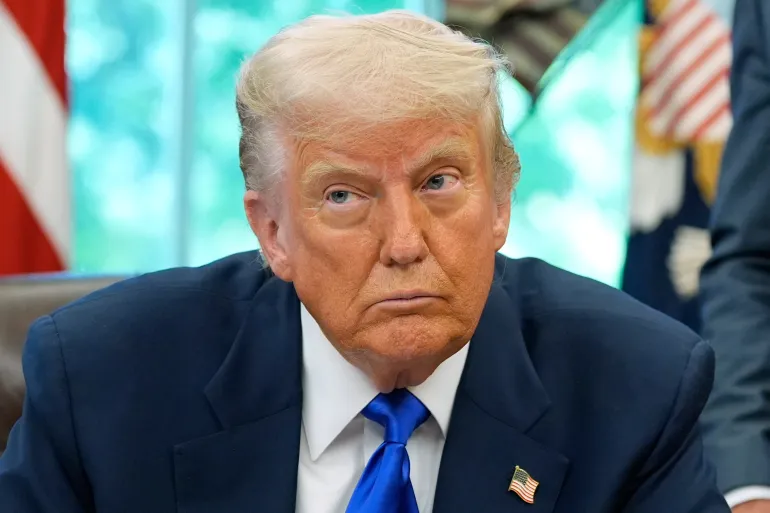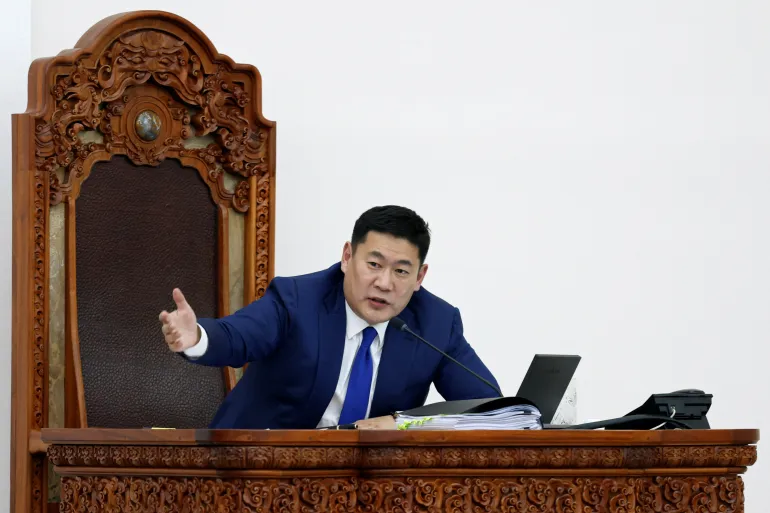Former U.S. President Donald Trump’s recent claim of securing nearly $10 trillion in investments for the United States has come under serious scrutiny, as analysts and fact-checkers raise concerns over the accuracy and transparency of the numbers. In a detailed review published by Al Jazeera, experts note that while there have indeed been several high-profile investment pledges since Trump’s return to office, the overall figure cited appears significantly exaggerated.
On May 8, Trump publicly stated that his administration was “close to securing $10 trillion in new investments” for the U.S. economy, a claim that follows a series of similar boasts made over recent months. His first major claim came just one day after taking office on January 21, when he announced nearly $3 trillion in expected investments. Since then, the numbers have grown with each public appearance, reaching the staggering $10 trillion figure this month.
However, public records released by the White House and available data show a more modest reality. According to the administration’s own figures, approximately $5.1 trillion in investment commitments have been documented. Of this, $4.3 trillion is categorized as new pledges. But even that figure comes with significant caveats.
Independent analysis reveals that only around $2.1 trillion of the reported investments can be independently verified as concrete, actionable commitments from corporate or foreign sources. The remaining funds either lack specificity, are tied to long-term projections extending over a decade, or were originally announced under prior administrations—casting doubt on whether they can be attributed to Trump’s policies at all.
One of the largest components of the pledge comes from the United Arab Emirates, which reportedly promised $1.4 trillion in investments spread out over a ten-year period. Japanese investors have also been mentioned in official statements, but many of their pledges are either vague or linked to already existing projects. Without clear timelines, enforceable agreements, or transparency in allocation, these pledges are far from guaranteed to materialize during Trump’s current term.
Economists and policy analysts warn that these kinds of inflated figures are often used for political optics rather than economic planning. “There’s a long history of administrations, not just Trump’s, touting massive investment numbers that never fully materialize,” said one senior economist interviewed by Al Jazeera. “They look good in speeches and press releases, but we rarely see follow-through at the levels promised.”
Furthermore, the blending of private sector announcements, foreign government intentions, and speculative future projections allows room for substantial overstatement. Some companies included in the list have not publicly confirmed the figures attributed to them. Others have openly stated that their investment plans were in development long before Trump took office, making it difficult to credit his administration as the sole catalyst.
Critics argue that while any new investment is welcome, exaggerating the figures can be misleading and potentially damaging. Inflated expectations might distort economic planning or lull the public and policymakers into a false sense of security about the strength and direction of the economy.
In conclusion, while the Trump administration has indeed facilitated or coincided with several substantial investment announcements, the claim of securing $10 trillion in new investments is largely unsubstantiated by publicly available data. A significant portion of the reported figures appears uncertain, speculative, or repackaged from earlier commitments, prompting serious questions about transparency and accountability. As Trump continues to campaign on promises of economic resurgence, the gap between rhetoric and reality remains a focal point of public debate.
Source; Al Jazeera



